Multiple cadre members are under investigation at Fort Sill, Oklahoma, in connection with the sexual assault of a trainee, though officials have not confirmed on the record how many of them and what roles they might have played in a crime. This is nothing new for the Army.
While more than a dozen drill sergeants across the Army were charged for assaulting trainees in the past two years alone, those cases don’t often make headlines until a larger scandal explodes into the public sphere.
“The Army has moved fast to help us ensure that we have all the resources necessary to fully and completely investigate these allegations,” Maj. Gen. Ken Kamper, Sill’s commander, told reporters April 2.
The trainee is working with a uniformed victim advocate and is “safe,” according to a release from the garrison.
But both advocates and survivors question how safe a trainee can be in the midst of an investigation that implicates her leaders.
“It’s pretty naïve, and also a rather sad, commentary on how they understand the problems of retaliation, to just blanketly say she’s safe,” retired Air Force Col. Don Christensen told Military Times April 6. A former chief prosecutor during his time in the service, Christenson is now president of Protect Our Defenders, a national organization dedicated to ending the epidemic of rape and sexual assault in the military.
Victim-blaming has too often been associated with the military’s treatment of sexual assault victims who have come forward, he noted.
And it’s far from clear that the trainee is the only victim in the Fort Sill case.
Someone who’s been there
A survivor of a similar string of incidents nearly a decade ago had the same gut feeling, she told Military Times April 7.
“The worst part is, they grew to that point,” retired Spc. Natasha Woodruff said of the accused drill sergeants. “They got ballsy enough to that point. This was not just one time.”
Woodruff was in the same position nine years ago. One of her Fort Jackson, S.C., drill sergeants called her into his office in early 2012 and propositioned her for sex. When she turned him down, he cornered her, forcing her to kiss him.

“I wish I could talk to her,” she said. “She’s got to be my age, when mine happened. And she’s going to have people who say she should drop this case. And if she falters, or she has one day where she says something wrong, they’re going to use it against her.”
Woodruff was 20 years old at the time, with some college under her belt and a well-tuned sense of right and wrong. She reported the assault to her chain of command. Her company commander opted to conduct his own in-house inquiry, rather than to notify military police and trigger a criminal investigation.
After taking statements from Woodruff, her fellow trainees and other drill sergeants, he found there wasn’t enough evidence to pursue even administrative punishment
In the meantime, she recalled, an even more brutal trauma was underway.
A drill sergeant injured Woodruff by stomping on her back while she hovered in the forward-leaning rest position, she said, best described as the “up” position in a push-up. Despite the pain, she continued training and only found out later that her pelvis had been cracked in two places.
A group of drill sergeants had decided to smoke Woodruff and two friends who vouched for her after she reported her assault. After three days of physical and psychological intimidation, her previously trusted caretakers urging her to drop her accusation, she broke.
During a combatives exercise, she noticed someone with rank strolling around, observing. She didn’t know he was her battalion command sergeant major, she said, but she went up to him anyway, telling him she had been assaulted and her chain of command wasn’t doing anything about it.
That noncommissioned officer took her report seriously, kicking off an investigation of her entire company.
Staff Sgt. Luis Corral was convicted of sexually assaulting Woodruff and four other women later that year, sentenced to five years in prison and busted to private along with a bad-conduct discharge.
The Army also investigated a female drill sergeant who had threatened Woodruff in an attempt to get her to recant her story, as well as her company commander, for failing to report the assault when he learned of it.
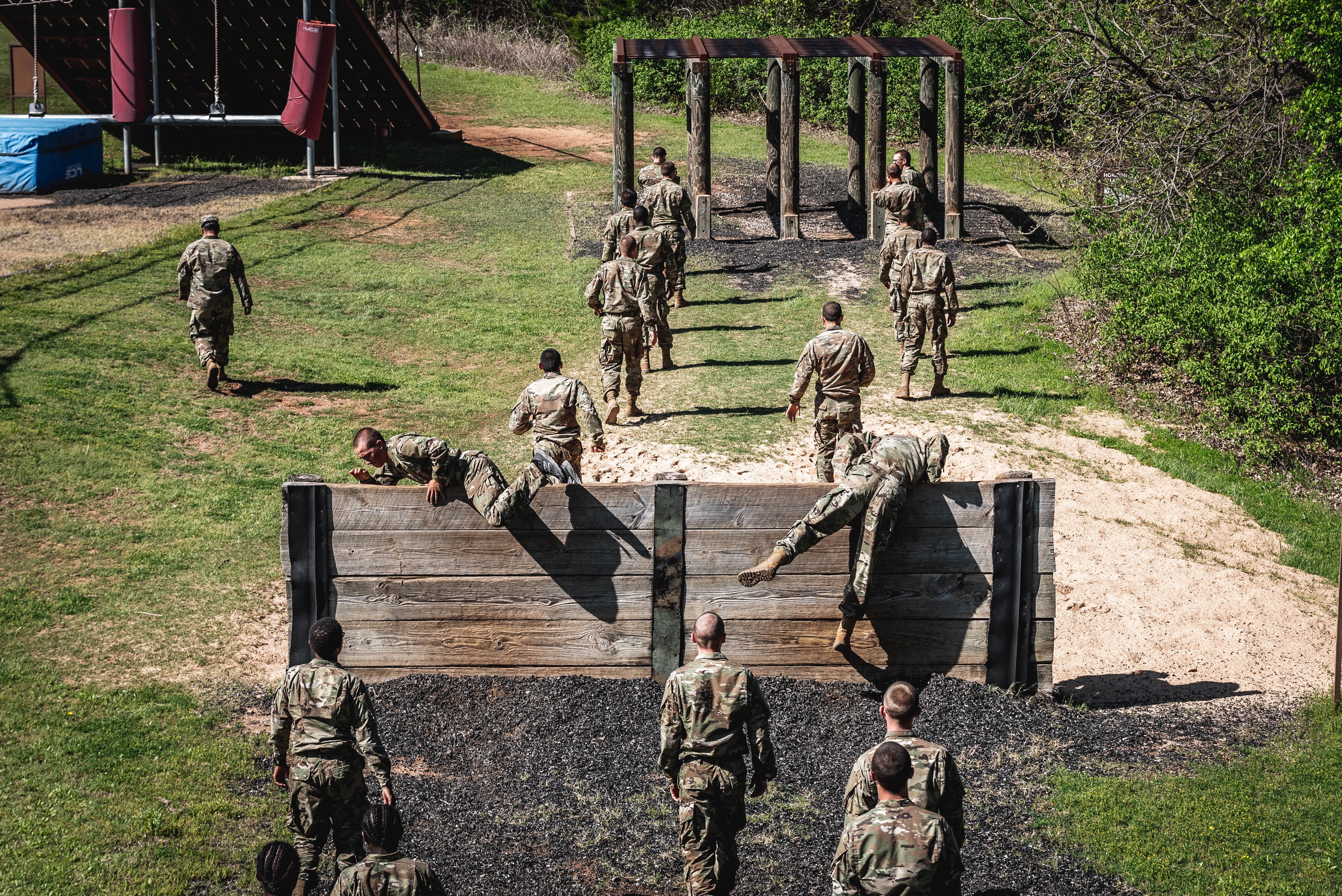
RELATED
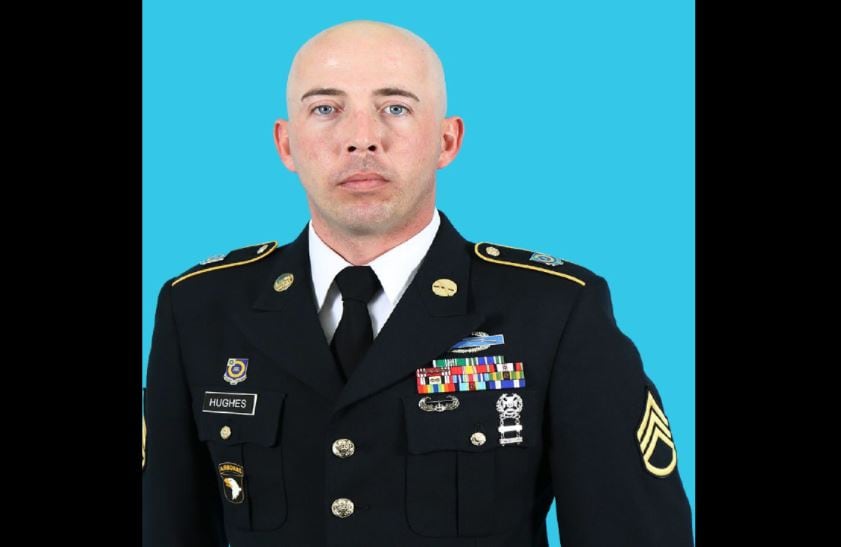
The drill sergeant received an official reprimand but was able to keep her job, a Fort Jackson spokesman said at the time, because leadership believed she was otherwise a good instructor.
“The people that tortured me, the three days before CID got involved … the Army pretty much slapped them on the hands,” Woodruff said, including her company commander, who was not charged.
The following year, the Pentagon stood up the Sexual Assault Prevention and Response Office, nearly a decade in the making, after former Defense Secretary Donald Rumsfeld ordered the Defense Department to review its policies and processes for sexual assault survivor care in 2004.
Repeating pattern
Though the Fort Jackson case made some headlines, nothing compared to the spotlight trained on the Air Force at the time, after 43 women accused 17 military training instructors of sexual assault and other abuse that began in 2009.
In the end, five MTIs went to court-martial for the assaults, including Staff Sgt. Luis Walker, convicted on 28 counts including rape, aggravated sexual contact and aggravated sexual assault, receiving the scandal’s longest sentence at 20 years in prison.
Prior to that, the military’s most notorious basic training scandal belonged to the Army. In 1997 four Aberdeen Proving Ground, Md., drill sergeants were convicted of sexual assault at court-martial, with another eight receiving nonjudicial punishments or involuntary discharges from service.
In the meantime, smaller cases have continued to plague the Army’s training base.
In late 2017, several drill sergeants and their battalion commander were relieved at Fort Benning, Ga., following reports that those instructors had sexually assaulted some of the first female basic trainees ever to set foot on Benning, as the Army opened its last combat jobs previously banned for women.
Military Times has not yet received a copy of that investigation, requested via Freedom of Information Act in March 2019, but results of trial provided to Military Times show four drill sergeants took plea deals via special court-martial:
♦ Staff Sgt. Latrevius White admitted to having a sexual relationship with a trainee, including soliciting and accepting sexual favors; violently groping a trainee; asking a trainee if she was a virgin or “into Black guys”; having a sexual relationship with two privates who had completed training within the previous six months; attempting to start a relationship with a third; as well as charges related to covering up those relationships.
♦ Staff Sgt. Dionis Hardit Campos admitted to having sexual relationships, including soliciting and accepting sexual favors, with three trainees; having relationships with two recent former trainees; adultery; and charges relating to covering up his misconduct.
♦ Staff Sgt. Jared Anderson admitted to having sexual relationships, including soliciting and accepting sexual favors, with two trainees; adultery; and charges related to covering up his relationships with trainees.
♦ Staff Sgt. LaDarryll Cannon admitted to having sexual relationships, including soliciting and accepting sexual favors, with four recent former trainees; surreptitiously filming and photographing two privates and sharing those photos; soliciting a woman to commit an act of bestiality; giving an emergency contraceptive pill to a trainee he was in a relationship with; soliciting nude photos of a trainee’s friend; and other charges related to covering up his misconduct.
Those charges can carry both prison sentences and involuntary discharges.
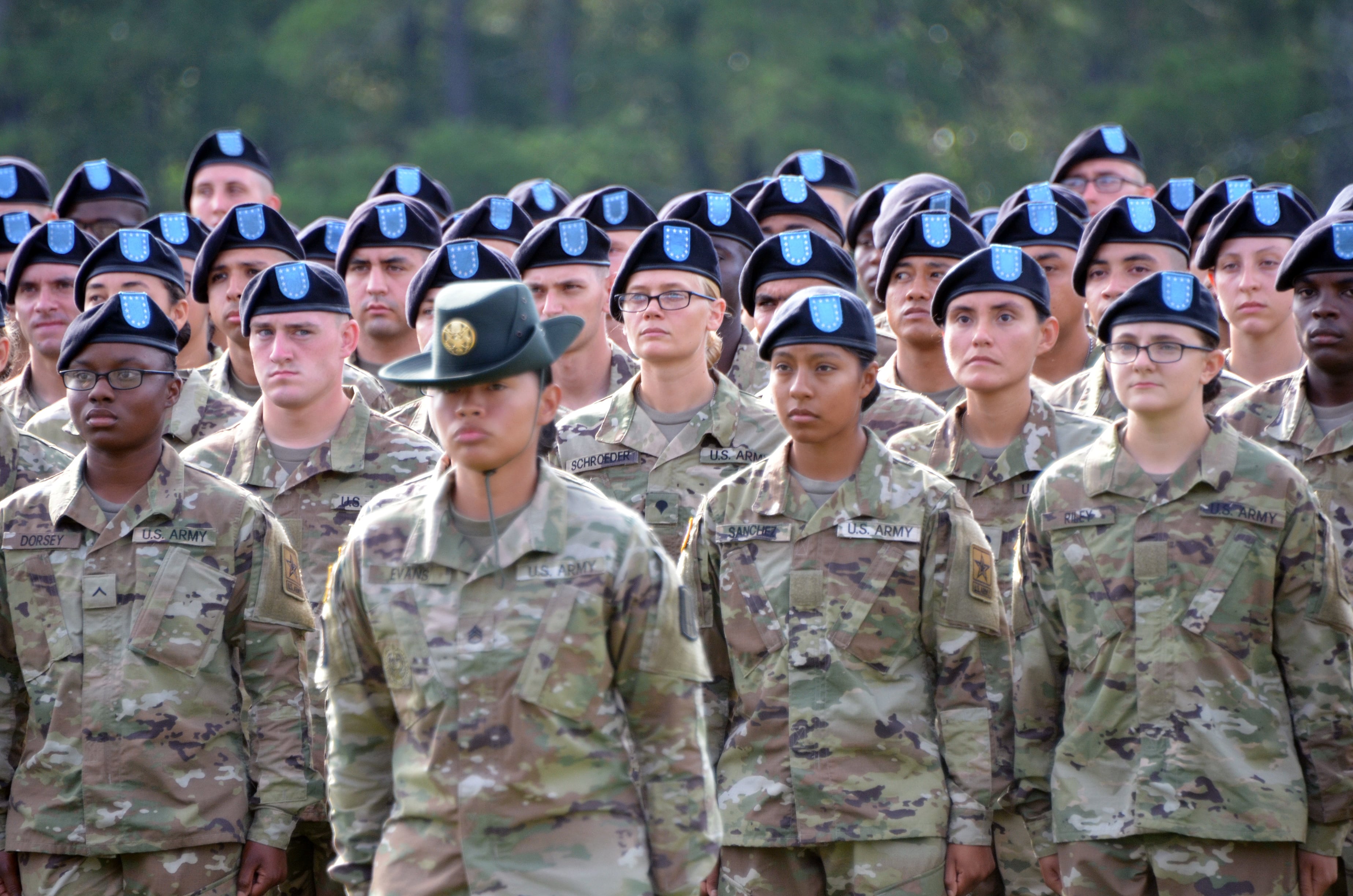
Two steps forward, one back
Following the Lackland scandal, the military banned sexual relationships between trainers and trainees, including up to a year after a trainee is no longer in training.
In 2019, the Uniform Code of Military Justice added Article 93a as a specific charge for that type of offense. Previously, those assaults were charged under Article 92, failing to obey an order or regulation.
It cuts through what was considered a gray area in the past, when regulations left some opening for the possibility that while it would be inappropriate for drill sergeants to have sex with trainees, it could be consensual and noncriminal.
That came up at Corral’s trial, she said. Two of his other victims testified that they had willingly engaged in sex acts.
“On the stand, the defense said, ‘Oh this was consensual,’” Woodruff recalled. “They’re still dead wrong. According to the handbook, they are wrong, no matter if that girl was running around naked screaming, ‘Give it to me!’ ― he was wrong.”
Given the vast inequity in power dynamic ― and a drill sergeant’s ability to make a trainee’s life a living hell, or just a little bit more survivable ― regulations now recognize that a trainee cannot consent to a sexual relationship with an instructor.
Recruits are briefed on the Army’s Sexual Harassment and Assault Prevention and Response Program at the beginning of training, with specific information on inappropriate relationships and resources for how to report a violation outside of the chain of command.
“... trainees are given SHARP instruction in the first three days of basic combat training, where appropriate interactions with fellow trainees and cadre are explained in detail,” Sharon Mulligan, a Training and Doctrine Command spokeswoman, told Military Times.
Informational posters are placed throughout training barracks, she added, and a SHARP hotline phone is on every floor.
Sexual assault is traumatic in and of itself, but there’s another dimension when it happens during a formative period, whether that’s childhood or college or, indeed, basic training.
RELATED
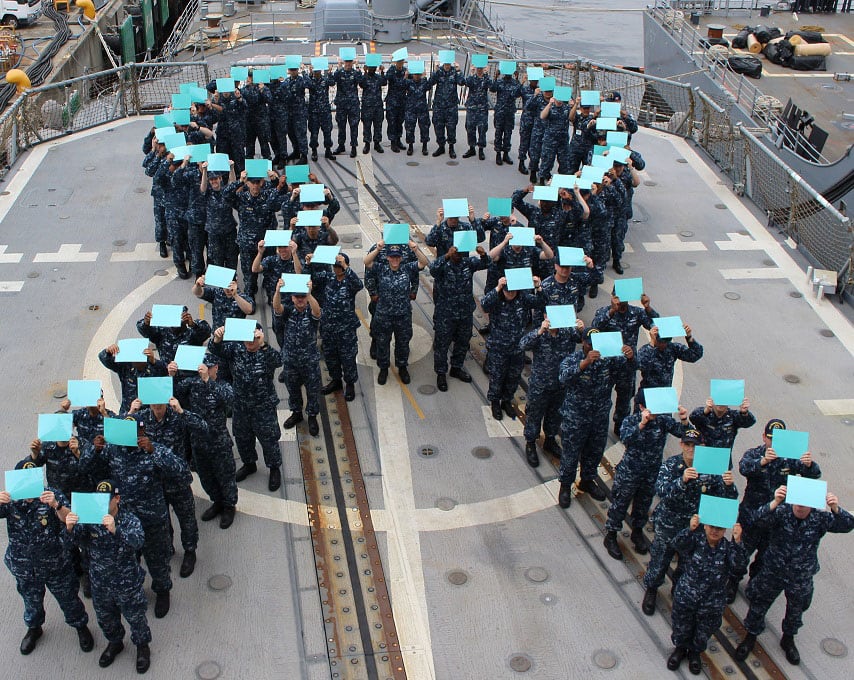
“I would think that would definitely have a longer impact in how you view the military,” Christensen said. “And that’s why, after Lackland, I think all the services put in their regulations and instructions specifically prohibiting sex with trainees, whether it was consensual or not.”
Research also shows that being the victim of a sexual assault makes one more likely to be assaulted again, because of the grooming and normalization it can engender.
“There’s good evidence on that, even without that trainer-trainee relationship and the young age you’re coming into the military, that if you’ve been sexually assaulted you’re more likely to be sexually assaulted a second time,” Christensen said.
Not to mention that some trainees may be even more vulnerable from the start.
“A lot of men and women do say they were victims before they came into the service,” Christensen added.
‘It didn’t sit right with me’
Woodruff would go on to complete Advanced Individual Training and get her first assignment as a geospatial engineer with the 20th Engineer Brigade at Fort Bragg, N.C.
But her willingness to tell her story publicly, first to news media and then on behalf of the Army, in a video for what’s now the Center for the Army Profession and Leadership, got her noticed by then-Army Chief of Staff Gen. Ray Odierno, and she soon found herself detailed to Army Forces Command and working full time as a sexual assault prevention and response spokeswoman.
It seemed like a great opportunity, but there were two glaring pitfalls: she was spending all of her time out of her military occupational specialty, making it impossible for her to fulfill the requirements she needed to make E-5 and stay in the Army.
Then there was the lingering sense of betrayal, knowing that her tormenters got to keep their jobs and continue up the promotion ladder, while she gave her all to Big Army and stood stagnant in her career.
“Here I am doing so much for the Army and yeah, they convicted the actual perpetrator, but what about everyone else who was involved?” she said.
They got to continue their careers, get promoted and move on, she said. One of them ended up at Fort Bragg, prompting Woodruff to secure a military protection order.
“It didn’t sit right with me, and it got to the point where I was like, I’m doing so much for y’all, and you’re not doing anything for me,” Woodruff said, recalling travelling with then-Army Forces Command boss Gen. Daniel Allyn and Command Sgt. Maj. Christopher Greca, making speeches in auditoriums about her experience and the Army’s efforts to protect soldiers like her.
“If those people aren’t held accountable, too, it’s just going to keep happening,” she added.
In the beginning, after Corral’s conviction, Woodruff said she had hopes she could continue her Army career, but her stalled advancement, coupled with a gripping disillusionment and the lingering physical and psychological injuries of her experience, made that impossible.
She medically retired from the Army in November 2015, she said.
The biggest improvement she saw while doing SHARP engagements was the advent of the victim advocate, an attorney with sexual assault training appointed to walk survivors through the reporting and prosecution process.
“I just went to some random lawyer joe who just got out of his training — it was a mess,” she said.
But there needs to be something else, she added, a way to record warning signs that doesn’t involve opening an investigation that may not go anywhere.
“There’s no internal mechanism for reporting red flags,” she said. “They just shuffle people around. And that allows them to take it one step forward, because now they know that this will get caught. Or they need to pick a different type of victim.”
‘Out of the military’s hands’
When the news broke that Fort Sill was investigating 22 cadre members in connection with sexual assault, it brought the same thought to the minds of many experts and survivors: It’s time to take prosecution decisions out of the chain of command.
“Will it ever get better? Not until they take it out of the military’s hands,” Woodruff said.
For the better part of a decade, Sen. Kirsten Gillibrand has been leading an effort in Congress to amend the UCMJ to create a special office for sexual assault prosecutions run by civilian sexual assault experts.
“Not one of these steps has reduced sexual assault within the ranks,” she said during a Senate Armed Services Committee hearing in March, pointing to increases in reporting and decreases in prosecution and conviction rates, in contrast to the programs and regulations the military has enacted since 2013. “We are right where we were when we started.”
Currently, while criminal investigation organizations do the initial legwork, it’s up to commanders to decide whether to press charges and then send a case to trial. And once a trial concludes, a commander is free to overturn a sentence if, for example, he or she feels the offender is an asset professionally.
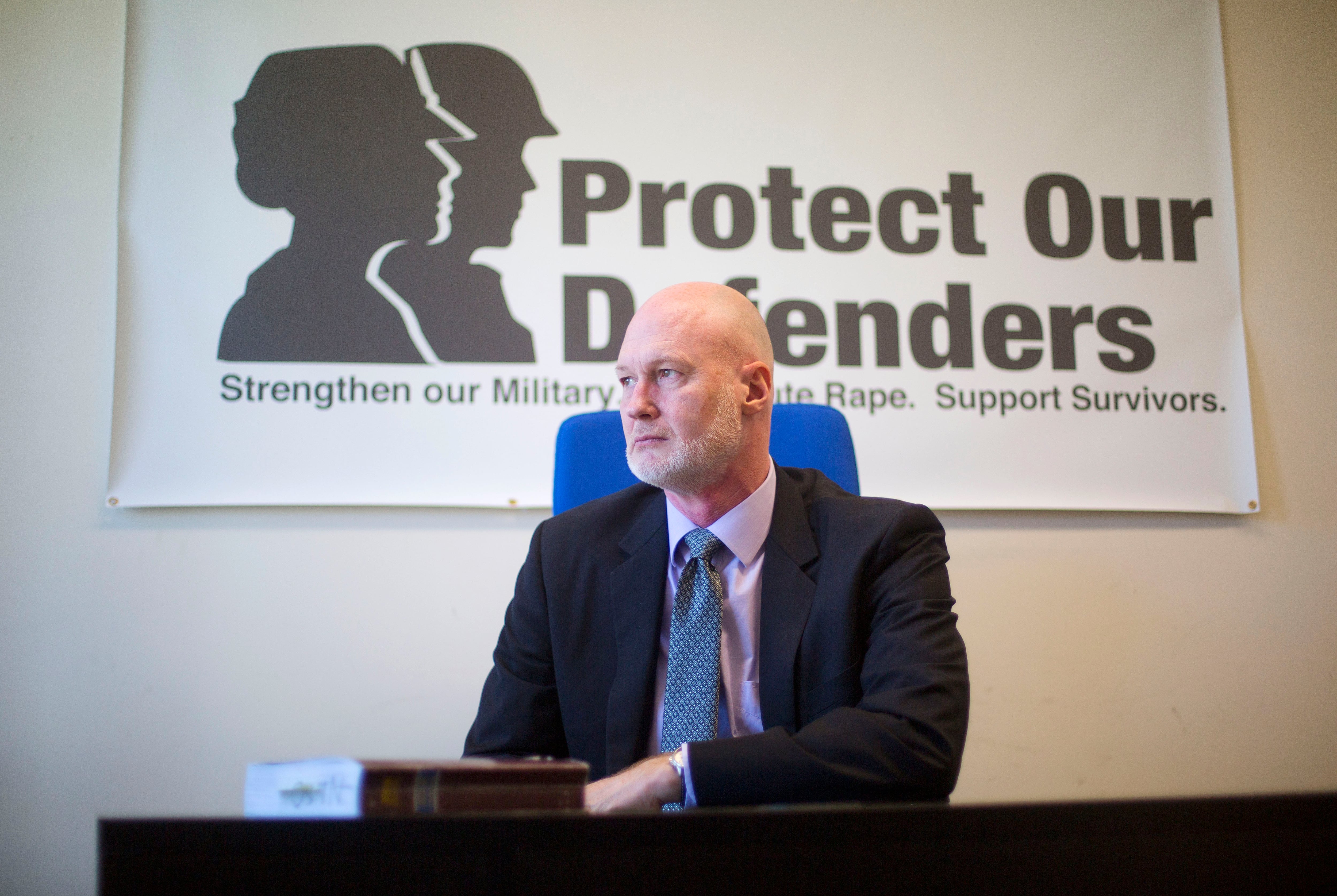
“Despite the objective data proving its failure, military leadership continues to vigorously argue that commanders alone are the solution to solving … sexual assault and harassment, and in opposing reform, leadership argues that commanders need more authority, not less,” Christensen testified in March. “Yet, I have never heard them explain what additional authority they need that they do not now possess that would drive down prevalence rates or increase accountability.”
A landmark report out of Fort Hood late last year laid bare not only a culture of harassment and assault in the Army, but a chain of command turning a blind eye to, or sometimes contributing to, that toxic environment.
RELATED
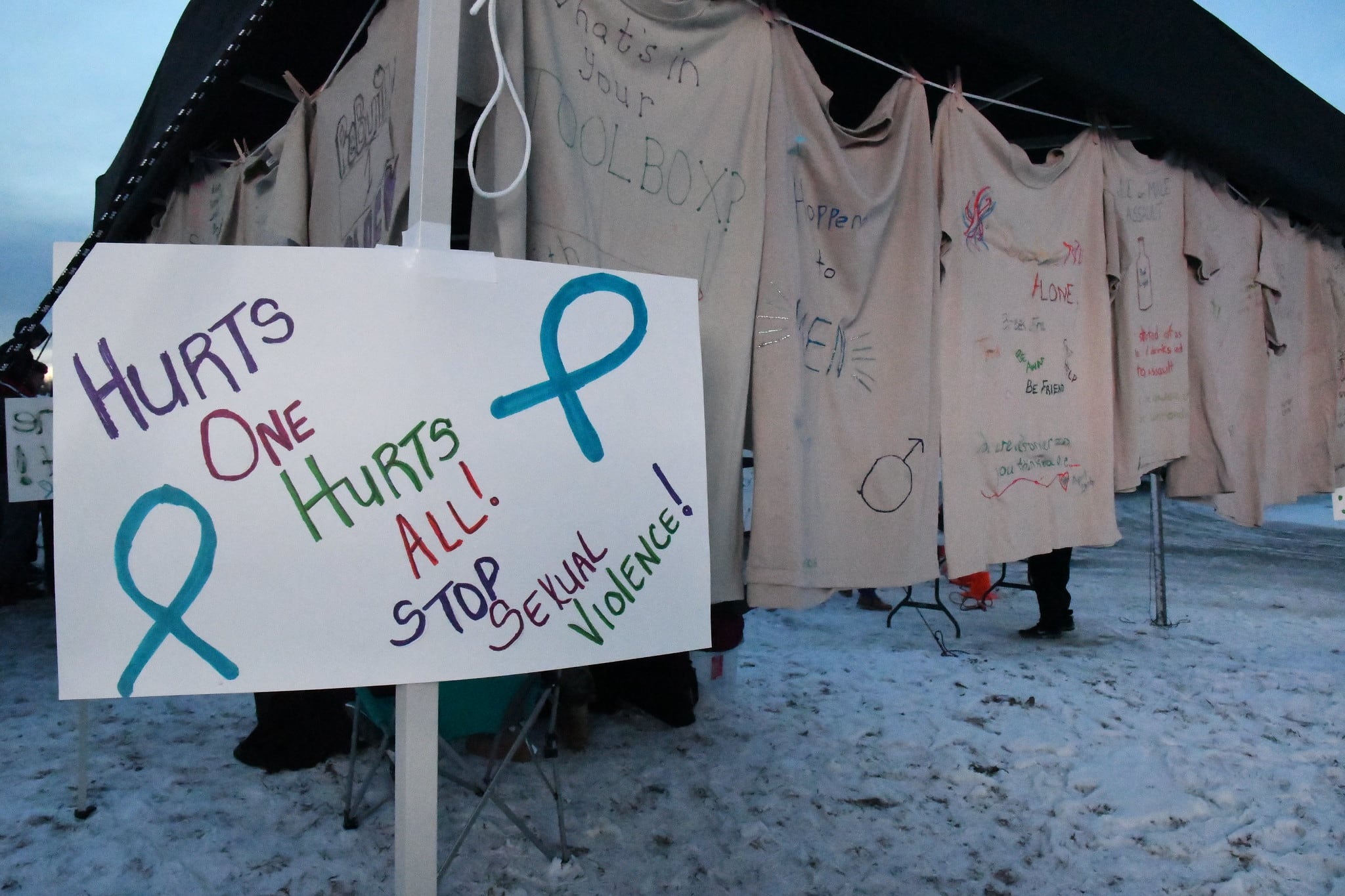
Upon taking office in January, Defense Secretary Lloyd Austin resolved to stand up the Independent Review Commission on Sexual Assault in the Military, a 90-day panel of a dozen former military and civilian experts to look at hundreds of DoD policies and see what can be improved.
“I mean, certainly the IRC is hopeful that the secretary of defense and the president, ultimately, will adopt our recommendations,” Lynn Rosenthal, the commission’s lead, told reporters April 7. “But I can’t say what the outcome might be.”
The team of 13 will have different areas of focus, including accountability, culture and victim care.
“I also think that what makes this moment in time different are the words of President Biden and Secretary Austin, who have both said that all options should be on the table,” she said. “And one of those is carefully examining the role of command in decisions to refer cases to prosecution, and we will be considering that very carefully.”
Woodruff lamented that sexual assault will likely always be an issue in the military, but that the urgency lies with making sure it’s thoroughly reported and prosecuted, and that survivors are supported and believed.
“The part that I think that messes with me the most wasn’t the actual assault,” Woodruff said. “It was the hazing and the cover-up, and the fact that nobody got any sort of punishment for that. That’s the worst part for me, because those people are out there being leaders and they shouldn’t be.”
Meghann Myers is the Pentagon bureau chief at Military Times. She covers operations, policy, personnel, leadership and other issues affecting service members.





